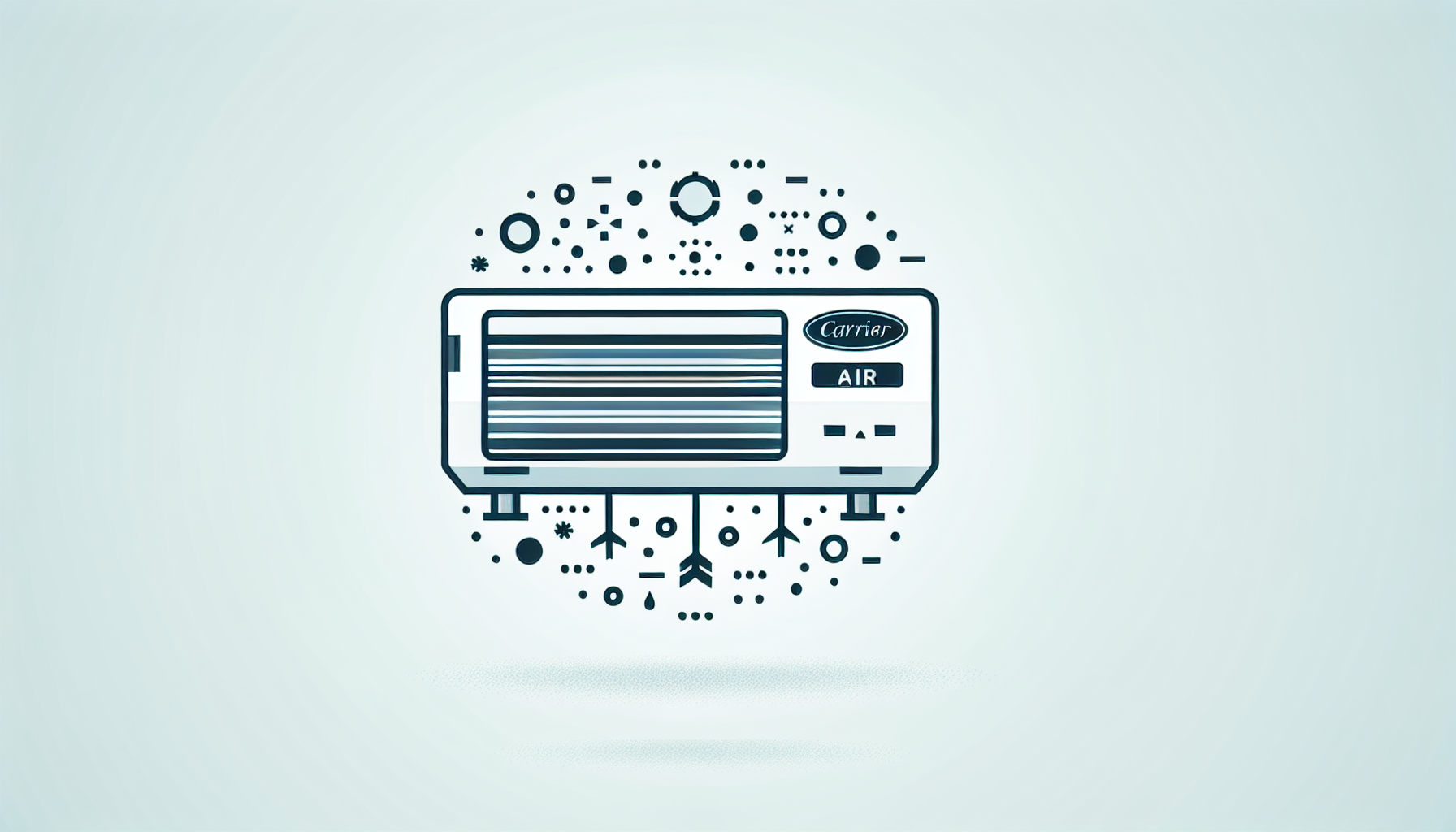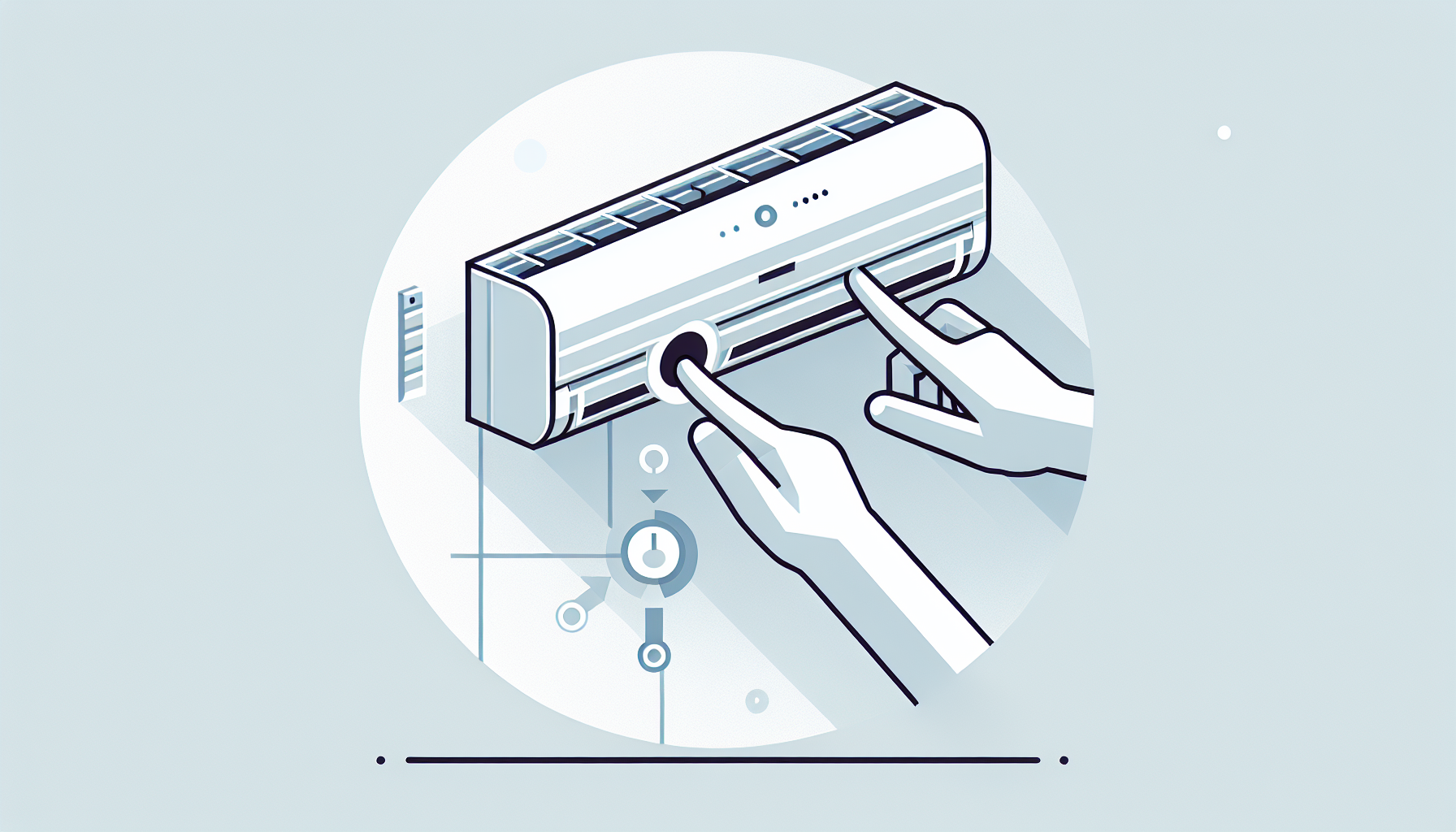Carrier vs. Goodman
Choosing the best air conditioner is like picking the right shoes; comfort and fit are key. When folks chat about cool air, Carrier and Goodman often pop into the conversation. These brands have made their mark in the AC world—and they each have their own jam. Let’s break down what makes Carrier and Goodman tick so you can wisely pick the best fit for your castle.
Overview of Carrier Systems
Carrier’s old-school reliable. They’ve been in the AC game since way back in 1915. In fact, they shook things up with the first ever home air conditioner in ’38. With a love for clever designs and saving energy, Carrier’s always cooking up new ways to chill your space. Take the WeatherMaker series from ’67, where the gadgets are speedy and keep temperatures just right without going wild.
Carrier gear is all about top-notch reliability and fancy tech. Yeah, they might hit your wallet a bit harder with price tags from $10,000 to $20,000, but over time, you get your money’s worth in smooth operations. They’ve got models rating as high as 26 on the SEER scale—perfect for homeowners wanting every bang for their buck.
| Carrier Model | SEER Rating | Price Range |
|---|---|---|
| Infinity 26 | 26 SEER | $10,000 – $20,000 |
| Performance Series | 14 – 17 SEER | $8,000 – $12,000 |
| Comfort Series | 13 – 15 SEER | $6,000 – $10,000 |
Overview of Goodman Systems
Goodman’s the chill new kid on the block—they’ve been around since 1975. Popularity soared thanks to their solid products that don’t break the bank, focusing on residential and even commercial spots these days.
Don’t want to empty your savings? Goodman’s your buddy, giving you decent ACs from $8,000 to $15,000. They also don’t slack when it comes to efficiency, offering SEER ratings climbing up to 25. Folks dig Goodman for its dependable performance which means home comfort doesn’t require deep pockets.
| Goodman Model | SEER Rating | Price Range |
|---|---|---|
| GSX16 | 16 SEER | $8,000 – $12,000 |
| GSX17 | 17 SEER | $9,000 – $13,000 |
| GSX20 | 20 SEER | $10,000 – $15,000 |
When you’re weighing between Carrier and Goodman, it boils down to what fits your needs. Carrier’s got the fanciness and efficiency, while Goodman offers you reliability without the cost shock. Their pros and cons vary, so think about what floats your boat as you hunt for that perfect chill machine.
For more advice on snagging the best HVAC system, dive into our detailed guide. Need help finding Carrier dealers nearby? Check out our resources to ease your HVAC journey.
Cost and Efficiency
Ready to find the perfect air conditioning system for your home? Here’s the lowdown on how Carrier and Goodman stack up in terms of cost and energy efficiency.
Price Comparison
So, you’re weighing your options between Carrier and Goodman air conditioners, huh? Let’s talk numbers. Carrier units tend to be on the pricier side—think $10,000 to $20,000. Meanwhile, Goodman air conditioners often fit a smaller budget with prices between $8,000 and $15,000. While Carrier may shave a bit more off your wallet upfront, their hi-tech features can mean savings down the road—like that trusty old saying, “you get what you pay for!” Check out Dallas Heating and Air Conditioning for some insights.
| Brand | Price Range |
|---|---|
| Carrier | $10,000 – $20,000 |
| Goodman | $8,000 – $15,000 |
Picking the right air conditioner isn’t just about cooling—it’s a financial decision too. Do your homework and find the best HVAC system that ticks both budget and comfort boxes.
Energy Efficiency Ratings
Here’s the scoop on energy efficiency. Carrier and Goodman both offer cool options for keeping those energy bills in check. Carrier’s top-of-the-line model hits a whopping Infinity 26 SEER. If you’re looking to save some bucks, their more affordable units fall in the 13 to 15 SEER range. Goodman’s lineup is pretty competitive too, with units reaching up to 25 SEER and budget models rocking a 13 to 15 SEER (Dallas Heating and Air Conditioning).
| Brand | Models Available | Highest SEER | Budget Range SEER |
|---|---|---|---|
| Carrier | Various | 26 | 13 – 15 |
| Goodman | Various | 25 | 13 – 15 |
A higher SEER means more bang for your buck in energy savings. It’s all about comfort and keeping those monthly bills low. Choose wisely, and you might find that your air conditioner feels like a true investment. Want some expert advice? Check out HVAC near me to connect with local pros.
Model Range and Lifespan
So, you’re on the hunt for an air conditioning system, huh? Let’s chat about what’s out there from Carrier, focusing on their models, reliability, and how many good years you can expect from them.
Available Models
Carrier really throws a wide net when it comes to their air conditioning lineup, aiming to hit all kinds of needs and wallets. If you’re into saving energy (and, y’know, Earth), you might eye their Infinity 26 SEER unit. On the flip side, they’ve got options for the more frugal-minded, like those in the 13 to 15 SEER range. Here’s a scoop on some popular Carrier coolers:
| Model Name | SEER Rating | Features |
|---|---|---|
| Infinity 26 | 26 | Top-notch efficiency, quietly hums along |
| Performance 16 | 16 | Solid mix of power and price |
| Comfort 14 | 14 | Easy on the bank, easy to trust |
| Comfort 13 | 13 | No-frills, perfect for cozier homes |
Let’s not leave Goodman out of the mix—they’ve got their share of efficient and affordable options, reaching up to 25 SEER. Curious about them? Head over to Goodman Manufacturing.
System Reliability and Lifespan
When picking an A/C, you want a buddy that’ll stick around through thick and thin. Surveys say Carrier’s pretty reliable, hitting a cool 4 out of 5 on the trusty scale, while Goodman scores a respectable 3 out of 5.
| Brand | Reliability Rating | Expected Lifespan (Years) |
|---|---|---|
| Carrier | 4/5 | 10-12 |
| Goodman | 3/5 | 8-12 |
Give Carrier’s machines a little TLC, and they’ll likely run smoothly for 10 to 17 years. Routine check-ups don’t just keep the cool coming but help your A/C outlast the competition. Goodman systems will hang around for about 8 to 12 years—perfect for if you’re watching your wallet (Dallas Heating and Air Conditioning).
Deciding on an A/C is like Goldilocks finding her porridge—you need just the right mix of model, efficiency, reliability, and lifespan. Peek through the offerings and find the one that fits your home sweet home. For more on HVAC picks, hop over to our guide on the best HVAC system.
Carrier vs. Trane
Choosing between Carrier and Trane air conditioners can feel like picking the perfect pair of shoes—comfy, stylish, and doesn’t break the bank. Let’s chat about some main things you should consider: how much energy they gobble up, the cost, how long they’ll last, and what kinda maintenance they’ll need.
Energy Efficiency and Cost
Carrier air conditioners are like the sprinters of the AC world, packing super-high SEER ratings that can hit 24 in their snazziest models. This means your electric bill isn’t going to look like a horror movie receipt, and Mother Nature gives you a nod of approval. Trane units, maxing out at a SEER of 22, promise dependability and trustworthiness even if they sip a bit more juice (Edwin Stipe Inc.).
Now for the money talk. Carrier sees itself like the Gucci of AC units—pricier upfront. Trane, however, is built tough, so what you spend may just save you with fewer breakdowns over the years.
| Brand | SEER Rating | Price Guess | Years You’ll Get |
|---|---|---|---|
| Carrier | Up to 24 | Gonna be high | 12 – 17 |
| Trane | Up to 22 | High-ish | 15 – 20 |
Lifespan and Maintenance
Thinking about how long these giants can keep you cool? Trane units generally outlive Carrier, offering a solid 15 to 20-year chilling marathon if you pamper them right. Carrier can last between 12 to 17 years in a good scenario (Edwin Stipe Inc.).
Maintenance, a.k.a. fixing stuff when it breaks, is important to factor in too. Trane machines are built to take a hit and only beg for a little TLC over the years, thanks to their sturdy build. Carrier, while not as long-lasting, will make installation a breeze, making it a favorite for those who dread pulling out the toolbox.
Want to chop it up more about choosing the right A/C? Pop over to our sections on finding the best HVAC system and AC on the fritz.
Installation and Operation
Getting your Carrier air conditioner up and running is key to keeping your home cool and calm. With a couple of things to consider, like how much noise it’ll make and how tricky it might be to set up, you’ll know just what to expect.
Noise Levels
Ah, the sweet sounds of silence—or at least quieter air conditioning. Carrier air conditioners are known for their hush-hush operation. If you love your peace or just can’t sleep with a racket, Carrier systems are a no-brainer (Edwin Stipe Inc.). Compared to models like Trane, Carrier is often the quieter guest in your home, which could make all the difference during those lazy afternoon naps.
Check out how Carrier stands up to competition when it comes to noise:
| Brand | Noise Level (Decibels) |
|---|---|
| Carrier | 50-60 dB |
| Trane | 55-65 dB |
This kind of silent treatment is perfect for keeping your environment tranquil while you’re keeping cool. Picking a Carrier unit might just be the right move for those who are sound-sensitive or planning to plonk one near a bedroom.
Installation Complexity
Now, about getting the thing installed: Carrier air conditioners are pretty straightforward compared to some of the fussier options out there, like Trane. This ease translates to less headache for homeowners, whether you’re a DIY warrior or you’d rather find a pro to handle it (Edwin Stipe Inc.).
Here’s a quick snapshot of how easy it is to install Carrier versus Trane:
| Brand | Installation Ease |
|---|---|
| Carrier | Simple and Sweet |
| Trane | A Bit of a Project |
Going with a Carrier means less time wondering where all the extra screws go. If you’d rather not mess with it yourself, a handy technician with Carrier expertise is usually right around the corner. And for peace of mind or an extra hand, check out some local Carrier dealers who are happy to help.




